Brahmaputra floodplains restoration
20000
ha being restored
60,000
ha being restored
50000
ha being restored
75000
ha being restored
Project Summary
- Biodiversity
- ·
- Wetland restoration
Challenge
The Brahmaputra floodplains, home to diverse ecosystems and millions of people, are increasingly under threat due to deforestation, riverbank erosion, and unsustainable land use. Seasonal flooding, which once played a vital role in replenishing nutrients and maintaining ecological balance, has become more destructive due to climate change and human interventions like embankments and sand mining. The loss of wetlands and riparian forests has reduced the region’s capacity to absorb floodwaters, exacerbating soil degradation, biodiversity loss, and the displacement of local communities. As habitats shrink and wildlife populations decline, there is an urgent need to restore the natural resilience of these floodplains while ensuring sustainable livelihoods for the people who depend on them.
Restoring the Brahmaputra floodplains presents a complex challenge requiring a balance between conservation and community needs. Encroachment for agriculture and development has fragmented habitats, threatening iconic species like the greater adjutant stork, the river dolphin, and migratory waterbirds. Additionally, pollution from industries and agricultural runoff has further degraded water quality, harming both aquatic life and human health. Addressing these interconnected issues calls for a holistic restoration approach that not only revives natural ecosystems but also strengthens the adaptive capacity of local communities to climate-induced challenges.
Activities
The restoration of the Brahmaputra floodplains involves a combination of ecological restoration, sustainable land-use practices, and community-led conservation efforts. One key activity is replanting native flood-resistant vegetation along riverbanks and degraded wetlands to stabilize soil, enhance biodiversity, and improve water retention. These efforts are complemented by wetland restoration projects that involve removing invasive species, reintroducing native aquatic plants, and reconnecting isolated water bodies to restore natural hydrology.
Community engagement is central to the success of these restoration efforts. Local farmers are encouraged to adopt agroforestry and climate-smart agricultural practices that reduce soil erosion and increase productivity without harming the floodplain ecosystem. Livelihood diversification initiatives, such as sustainable fisheries and eco-tourism, provide alternative income sources while promoting conservation awareness. Additionally, flood monitoring systems and early warning networks are being established to improve disaster preparedness, reducing the risks faced by vulnerable communities. By integrating scientific research, policy advocacy, and grassroots participation, this restoration initiative fosters long-term ecological and social resilience.
Long-term Impact
Over time, the restoration of the Brahmaputra floodplains will lead to healthier ecosystems, greater biodiversity, and more sustainable livelihoods for local communities. The re-establishment of wetlands and riparian forests will enhance the natural flood-buffering capacity of the region, reducing the frequency and severity of floods. Improved soil fertility and water retention will benefit agriculture, ensuring food security for local populations. Moreover, the revival of critical habitats will support the recovery of endangered species, contributing to regional and global biodiversity conservation efforts.
Beyond ecological benefits, this initiative will strengthen community resilience and foster a culture of conservation. By integrating restoration efforts with sustainable economic opportunities, local populations will have a vested interest in preserving their natural environment. Increased awareness and education will encourage more participatory governance in managing the floodplains, ensuring long-term stewardship of these critical landscapes. As restoration practices are refined and shared, the project could serve as a model for similar floodplain ecosystems worldwide, demonstrating how nature-based solutions can mitigate climate change impacts while promoting ecological and social well-being.



